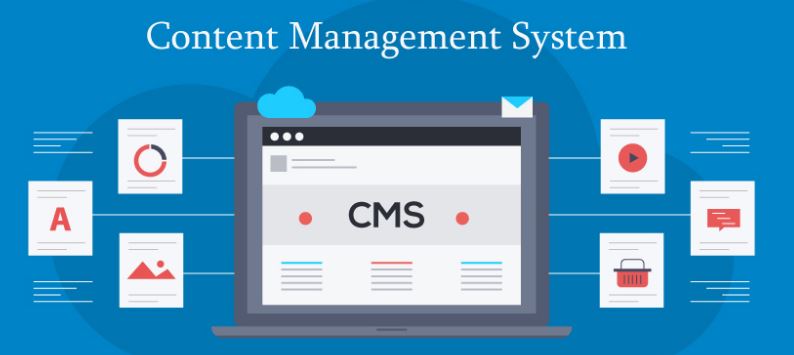Designing and Building a Content Management System
Building a Content Management System Final Year Project – Corporations are made up of several departments, each containing many employees. In today’s world, most companies want to make their presence felt online by disseminating information quickly and effectively to both their existing and prospective clients. By the mid 90s, information was being stored on static web-pages which made it difficult to manage over a long period. With increasing requirements to maintain accurate information in a fast-paced environment, new technologies emerged to assist in producing dynamic web-pages and websites.
Content Management is the concept of separating the structure from the design. So, the web-designers can focus on the overall look-and-feel of the website and the content providers can simply generate expert data. A web-based Content Management System (CMS) is a collection of tools to allow creation, storage, modification, publication and archive data and information resources from a central repository.
The system then automates the process of retrieving the individual work of different users, including non-technical, and integrates them to produce a functional website. Content Management Systems cater to a variety of business needs and although several off the shelf systems such as Vignette, Interwoven are available, a one-size-fits-all solution does not always suffice. For this reason, many companies prefer to build in-house systems, i.e. software built within the company rather than by outside contractors. They are often more tailored, cost-effective, provide the exact required functionality and are yet scalable and flexible to meet future requirements.
The main goal of this project is to build a web-based system to manage content for a particular organization. It demonstrates a multiple step process by mapping a business model in the information technology domain and involving different users and their actions. Apart from enumerating the objectives of this project, this report explains how the system has been developed, using appropriate tools and technologies, within standards set by the web-development community or experts. It also includes a detailed description of the system design and implementation, and a guide to using the system.
- 10,000 words – 67 pages in length
- Expertly written throughout
- Excellent analysis
- Good use of models and theory
- Ideal for computer science and IT students
1 – Introduction
Aims
Main Objectives
Secondary Objectives
Key functionality
Overview of Subsequent Chapters
2 – Background Research
Background Information
Content lifecycle
The web-server
Model-View-Controller framework
Open-source Software
Code-Generation
Web Services
Development Platform
User Interface
Front-end selection
World Wide Web Consortium (W3C)
Mozilla Firefox
FCKEditor
3 – Design
Business Process
Local Directory Access Protocol (LDAP)
Authentication Techniques
Database
Article Entity
Status Entity
User Entity
Section Entity
Application layer
Controller
Model
Additional classes
Presentation Layer
Velocity templates
JSP
CMS architecture
4 – Implementation
Database
DbOperation Java class
Web Interface
FCKEditor
DbSight
5 – Content Management System Usage Guide
Manager
Add an article
Feedback
Editor
Saving an article
Versioning and Rollback
Feedback
Search
Change-Request
Administrator
Add User
6 – Testing and Evaluation
Testing
Web-pages
Java
SQL Query
Similar CMSs
Vignette
Plone
OpenCMS
7 – Conclusion
Comparison with original aims
Possible extensions to the project
References
Bibliography
Appendices
System Diagrams
The ER model
The Control Layer
The Model Layer
The Database Connectivity Layer
The Apache Torque Files
Use-case Diagrams
Screen Designs

